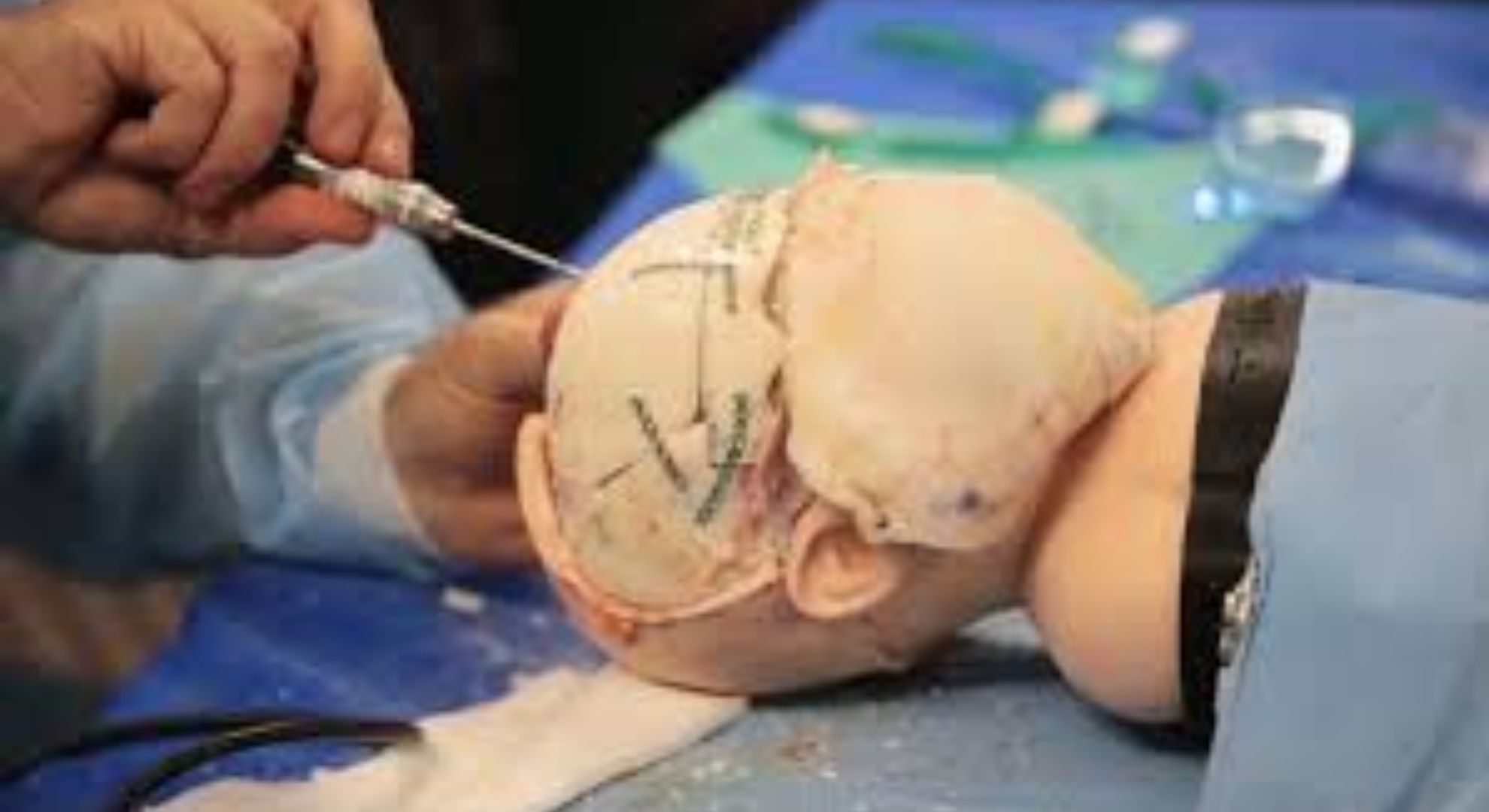Skull base surgery is a highly specialized and complex procedure used to treat conditions that occur at the base of the skull—the area behind the eyes and nose that separates the brain from the rest of the face. This part of the body houses several critical structures, including major blood vessels, cranial nerves, and portions of the brain. When tumors, vascular problems, or congenital anomalies develop in this region, surgical intervention often becomes necessary.
This comprehensive guide covers everything you need to know about skull base surgery—what it is, why it’s performed, the types of conditions it treats, techniques used, risks, recovery, and advancements in the field.
What Is Skull Base Surgery?
Skull base surgery refers to a group of surgical techniques used to access and treat diseases or abnormalities located at the bottom part of the skull and upper vertebral column. It is often performed by a team of specialists, including neurosurgeons, ENT (ear, nose, throat) surgeons, and head and neck surgeons.
This procedure can be minimally invasive or open, depending on the location and size of the lesion. The goal is to remove or repair problematic tissues without damaging the vital structures nearby.
Conditions Treated by Skull Base Surgery
Skull base surgery is often used to treat a variety of benign and malignant conditions, such as:
- Pituitary tumors
- Meningiomas
- Acoustic neuromas (vestibular schwannomas)
- Chordomas and chondrosarcomas
- Craniopharyngiomas
- Skull base meningiomas
- Cerebrospinal fluid (CSF) leaks
- Aneurysms and vascular malformations
- Infections or congenital abnormalities
- Sinonasal cancers extending into the skull base
Early diagnosis and intervention often lead to better outcomes, especially when critical nerves or vessels are involved.
Types of Skull Base Surgery
There are two main categories of skull base surgery:
1. Traditional (Open) Skull Base Surgery
Involves making an external incision through the scalp, face, or skull to access the lesion. Though more invasive, this method may be necessary for large tumors or those entangled with vital structures.
2. Endoscopic Skull Base Surgery
This minimally invasive technique involves inserting an endoscope (a thin, lighted camera) through the nose or small incisions. It offers several advantages:
- Less scarring
- Shorter hospital stay
- Quicker recovery
- Reduced risk of infection
Endoscopic skull base surgery is commonly used for pituitary tumors, CSF leaks, and certain types of sinus or nasal cancers.
Preoperative Evaluation
Before undergoing skull base surgery, patients undergo a comprehensive evaluation that may include:
- MRI and CT scans for precise imaging
- Angiography to examine blood vessels
- Endoscopic examination of the nasal cavity and sinuses
- Neurological assessments
- Hormonal studies, if the pituitary gland is involved
A multidisciplinary team reviews the case to determine the best approach and assess risks.
The Surgical Procedure
The exact procedure varies depending on the location and type of condition. Generally, surgery involves:
- Gaining access to the skull base through either an external opening (open surgery) or the nose (endoscopic approach)
- Removing or repairing the tumor, vascular issue, or defect
- Reconstructing the skull base if needed, using grafts or synthetic materials
- Ensuring hemostasis and sealing any CSF leaks
Advanced image-guidance systems and intraoperative monitoring improve safety and precision during surgery.
Risks and Complications
As with any major surgery, skull base procedures come with potential risks:
- Bleeding
- Infection
- CSF leaks
- Neurological deficits (e.g., facial weakness, vision problems)
- Loss of smell or taste
- Hormonal imbalances if the pituitary gland is affected
However, in skilled hands and with proper planning, complication rates are relatively low. Minimally invasive techniques further reduce risks.
Recovery and Rehabilitation
Recovery time depends on the type of surgery and the condition treated. Here’s what patients can typically expect:
- Hospital Stay: 2–7 days for endoscopic procedures; longer for open surgery
- Follow-Up: Regular imaging and neurological exams
- Rehabilitation: May include physical therapy, speech therapy, or vision rehab
- Lifestyle Changes: Patients are advised to avoid strenuous activities and follow post-operative care instructions carefully
Emotional support and counseling are also important, especially if the condition affects quality of life or appearance.
Skull Base Surgery in India
India has emerged as a global destination for skull base surgery, offering high-quality care at a fraction of the cost compared to Western countries. Leading hospitals like AIIMS (Delhi), Apollo Hospitals, Christian Medical College (Vellore), and Fortis Healthcare are equipped with state-of-the-art neurosurgical and ENT departments.
Advantages of skull base surgery in India include:
- Expert surgeons trained globally
- Access to endoscopic and robotic technology
- Affordable treatment options
- Comprehensive pre- and post-operative care
Medical tourism in India has grown significantly, with patients from the Middle East, Africa, and Southeast Asia traveling for advanced surgical treatments.
Innovations and Future Outlook
Modern skull base surgery is constantly evolving with new techniques and technologies, such as:
- Neuro-navigation systems for precision targeting
- Robotic-assisted surgery
- Advanced endoscopic instruments
- Customized 3D-printed implants for skull reconstruction
These advancements are making skull base surgery safer and more effective, with faster recovery and fewer complications.
Final Thoughts
Skull base surgery is a remarkable and life-changing procedure that requires a delicate balance of skill, technology, and teamwork. Whether you are dealing with a tumor, a structural defect, or a neurological issue, timely intervention by an experienced surgical team can significantly improve outcomes.
If you or a loved one is facing a condition that may require skull base surgery, consult with a specialized neurosurgeon or ENT expert. With modern techniques and expert care, recovery is not just possible—it’s increasingly successful.
To read more free article ( Click Here )
